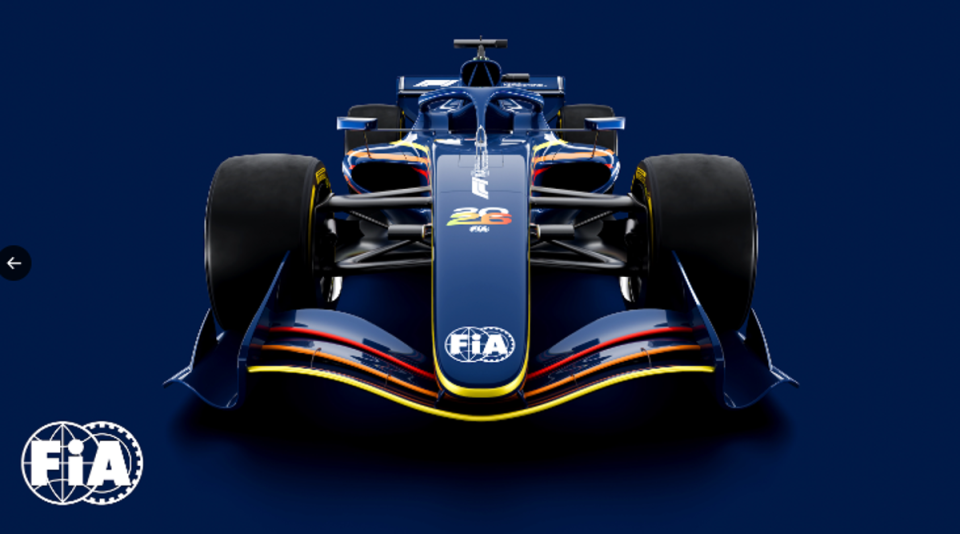F1 unveils new ‘nimble’ car for 2026 in FIA announcement
The FIA have unveiled the new-look, lighter and smaller car for the 2026 Formula One season and beyond.
The changes to the power unit are the biggest since F1 moved to hybrid power in 2014, a year which saw the start of Mercedes’ dominance of the sport. The cars in two years’ time will incorporate a simplified combustion engine, using fully sustainable fuels.
The 2026 car is depicted by the FIA as “lighter, safer and more competitive.” It is 30kg lighter, 200mm shorter and 100m narrower than the current generation of car.
A new function is a new energy boost button to be used as an overtaking device, with the DRS (drag reduction system) rear-wing device to be utilised automatically on the straights.
Among other changes, the 2026 cars are also set to take in active aerodynamics systems, featuring movable front and rear wings, with drivers able to switch between two modes to maximise top speed. Downforce and drag will also be reduced.
FIA single-seater director Nikolas Tombazis said: “We continue to embrace change and we have to perform change quite periodically. This is why we’re changing the regulations for 2026.”
FIA president Mohammed Ben Sulayem added: “Today, the FIA is defining a hugely exciting future for the pinnacle of motorsport with the launch of a comprehensive new set of regulations for the 2026 FIA Formula One championship and beyond.
“Following the publication of 2026 power unit regulations two years ago we have taken the opportunity to redefine the chassis regulations to match the energy requirement of the new power units.
“Collaborating with our partners at Formula One and with the assistance of the sport’s 10 teams and all our stakeholders, this represents a unique revision that will ensure our premier championship is even more relevant to what is happening in the world.”


The FIA credits its new engine regulations to six power unit manufacturers – Ferrari, Mercedes, Renault, Honda, Audi and Red Bull Powertrains – for signing up to the sport.
For the first time, Red Bull are making their own power units – in partnership with American automotive giant Ford – while Audi are taking over Sauber, with their first year in F1 coming in 2026.
Aston Martin have also announced a new engine deal with Honda – who currently work with Red Bull – for the new era of regulations.
The last major overhaul of regulations was introduced in 2022 with Red Bull’s Max Verstappen dominating to win the past three world championships.
Ahead of this weekend’s Canadian Grand Prix, the Dutchman heads the current driver standings by 31 points after eight races, although McLaren’s Lando Norris and Ferrari driver Charles Leclerc won in Miami and Monaco respectively last month to suggest Red Bull’s supremacy is under threat.


